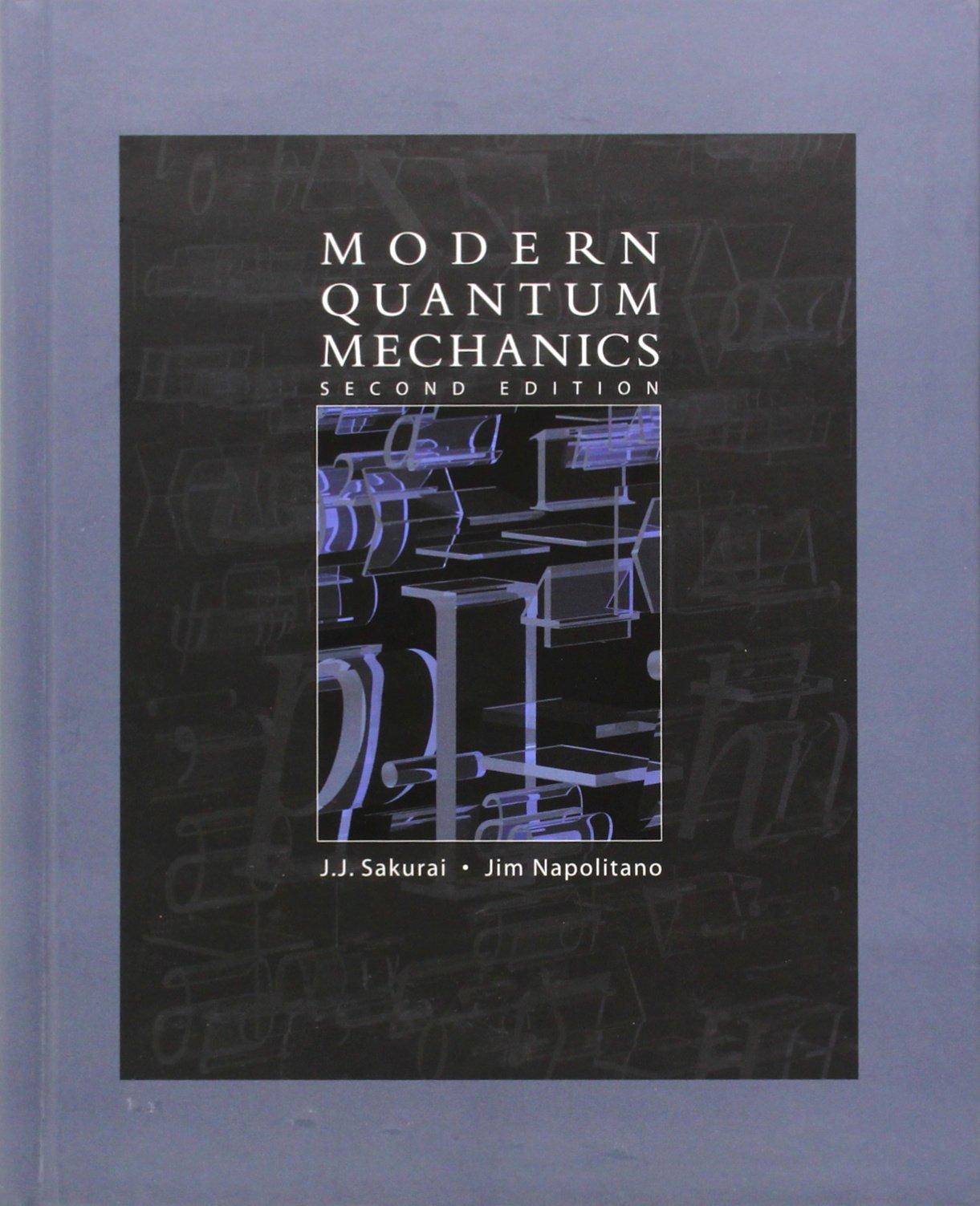A one-dimensional simple harmonic oscillator of angular frequency is acted upon by a spatially uniform but
Question:
A one-dimensional simple harmonic oscillator of angular frequency ω is acted upon by a spatially uniform but time-dependent force (not potential)
At t = -∞, the oscillator is known to be in the ground state. Using the timedependent perturbation theory to first order, calculate the probability that the oscillator is found in the first excited state at t = +∞.
Challenge for experts: F(t) is so normalized that the impulse
imparted to the oscillator is always the same-that is, independent of τ; yet for r ≫ 11 w, the probability for excitation is essentially negligible. Is this reasonable? [Matrix element of x:![]()
Fantastic news! We've Found the answer you've been seeking!
Step by Step Answer:
Related Book For 

Question Posted:





